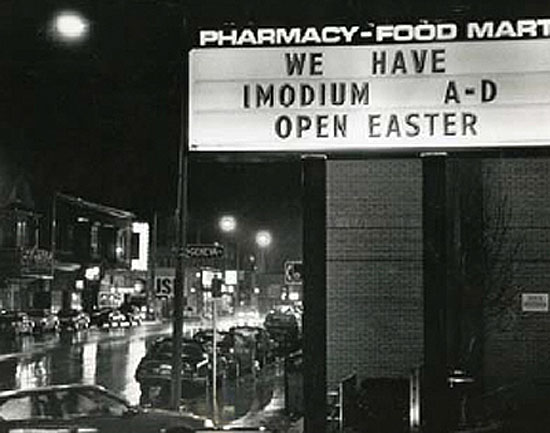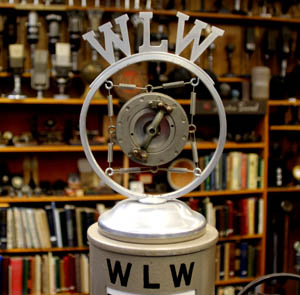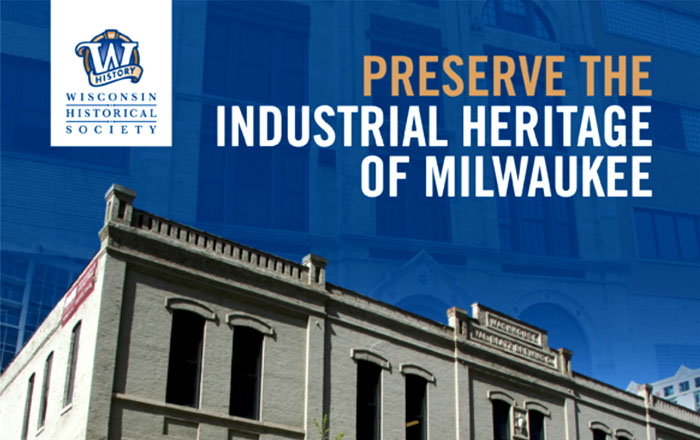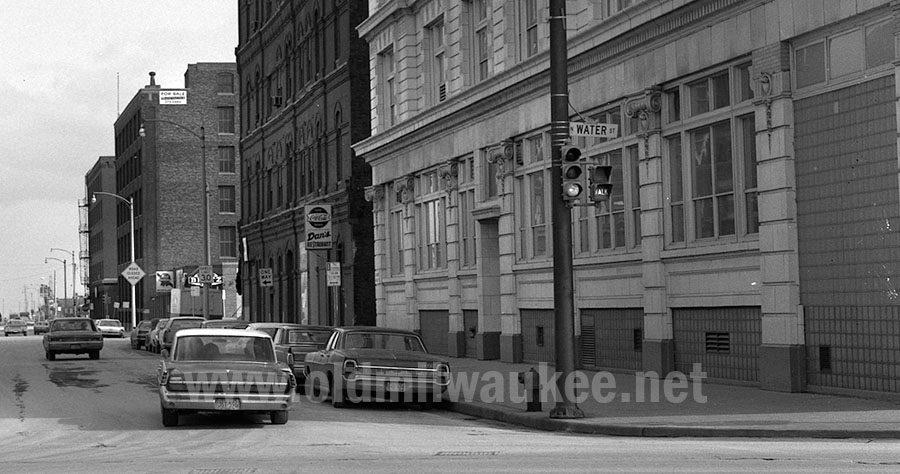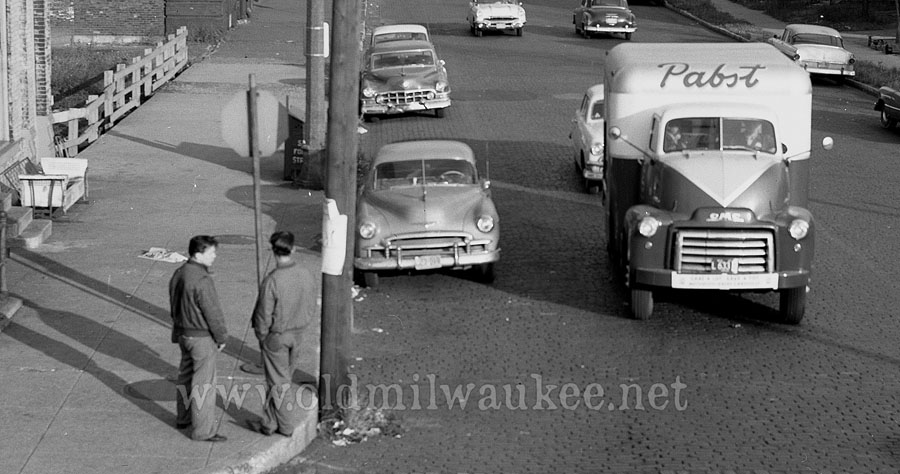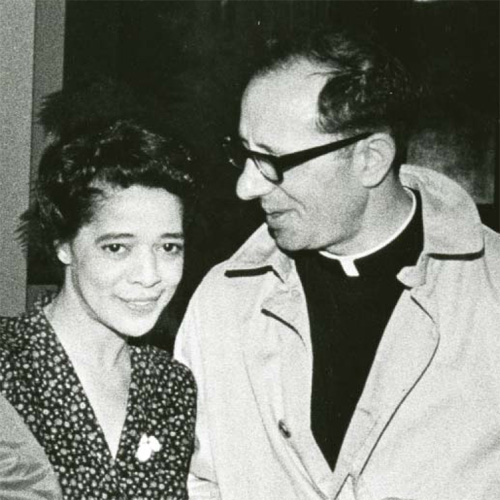 The Milwaukee Public Library will have a screening of when James Groppi, Vel Phillips and William Tisdale (Metropolitan Milwaukee Fair Housing Council) were interviewed on a 1984 Public Conference Open Housing Marches and Ordinance retrospective.
The Milwaukee Public Library will have a screening of when James Groppi, Vel Phillips and William Tisdale (Metropolitan Milwaukee Fair Housing Council) were interviewed on a 1984 Public Conference Open Housing Marches and Ordinance retrospective. The Milwaukee Public Library will have a screening of when James Groppi, Vel Phillips and William Tisdale (Metropolitan Milwaukee Fair Housing Council) were interviewed on a 1984 Public Conference Open Housing Marches and Ordinance retrospective.
The Milwaukee Public Library will have a screening of when James Groppi, Vel Phillips and William Tisdale (Metropolitan Milwaukee Fair Housing Council) were interviewed on a 1984 Public Conference Open Housing Marches and Ordinance retrospective.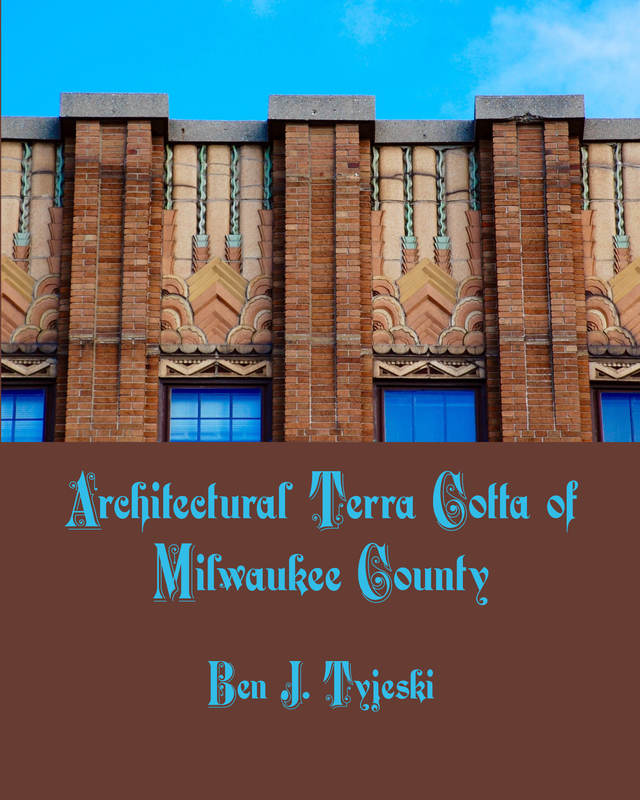 Add this book release to your calendar at the end of May. Artist and architectural historian, Ben Tyjeski has put together this exhaustive catalog of the history of architectural terra-cotta in Milwaukee. The book is an amazing work showcasing examples of the art of ceramics used in local buildings over the last one hundred plus years.
Add this book release to your calendar at the end of May. Artist and architectural historian, Ben Tyjeski has put together this exhaustive catalog of the history of architectural terra-cotta in Milwaukee. The book is an amazing work showcasing examples of the art of ceramics used in local buildings over the last one hundred plus years.
Book Release: *Architectural Terra Cotta of Milwaukee County* by Ben Tyjeski
Thursday, May 31, 5-7pm
Var Gallery
643 S 2nd St, Milwaukee, WI 53204
Architectural Terra Cotta of Milwaukee County is a well documented and researched survey of some 480 buildings that featured architectural terra cotta in Milwaukee County, Wisconsin. The nearly 200 detailed descriptions of buildings discuss ornamental motifs, trends in design, and the development of surfaces and glaze. In addition, this book covers the manufacturers and architects who were involved. It also deals with the significance terra cotta had in the trade of building materials, concerns with preservation, and perspectives on its use in contemporary designs. Accompanying the text are over 350 colored photographs to marvel.
Book will be available to purchase for $59.95.
Limited quantity available.
When Cryptosporidium Struck Milwaukee
Saturday, April 7, 2-3 pm
Centennial Hall, Loos Room
733 N. Eighth St.
In 1993, Cryptosporidium sickened more than 400,000 people in the Milwaukee area. Stores ran out of anti-diarrheal medications and bottled water.
Former Health Commissioner Paul Nannis recalls how Milwaukee successfully met the challenge of overcoming the worst waterborne disease outbreak in U.S. public health history.
Seating is limited. Registration is required by calling 414.286.3011 or online at www.mpl.org.
Street parking is free on Saturday, but time limits apply.
Here’s your chance to ask questions or tell a story, preferably related to Milwaukee history! I encourage you to participate!
You must be registered and logged in to leave a reply. This will keep out the spammers selling viagra and watches. If you can’t see the comment box, then click on the “Ask Me Anything” headline. The comment box should appear at the bottom of the page.
The Wisconsin Historical Society started a project late in 2015 to research and document Milwaukee industrial architecture, retaining the engineering and planning firm of Mead & Hunt. The idea behind the project is detailed in the following summary from the report they produced.
Milwaukee has historically been Wisconsin’s largest industrialized city. As industry left the city, scores of industrial buildings were left behind, vacant and underutilized. The availability of federal and state historic tax credits has made these buildings attractive candidates for rehabilitation and reuse. However, an impediment to the use of the tax credits has been the limited information on which buildings meet National Register criteria, one of the requirements of the tax credit program. To address this need, the Wisconsin Historical Society undertook a comprehensive architectural and historical study of Milwaukee’s historic industrial buildings. The intent was to create a record of Milwaukee’s industrial heritage as embodied in the remaining industrial buildings that would serve as an incentive for building owners and developers to reinvest in Milwaukee’s historic building stock, thereby increasing property values, creating new retail or housing opportunities, promoting green architecture, and attracting people back to devalued areas of Milwaukee.
The value in rehabilitating former industrial buildings can be seen in the success of the Third Ward which prior to its development starting in the late 1980’s was solely a warehouse and light-manufacturing district. One of the last buildings in the ward that remains functioning as light industrial is the Hoffco Shoe Polish Factory at 125 N Water St. In the mid-80’s before the transition, the ward was half-empty with many of the light-manufacturing businesses moved out of state. Commission Row on Broadway was the busiest part of the neighborhood with several fruit and vegetable wholesale businesses distributing their goods throughout the day.
The final report was finished late last year and was unveiled at an event at the Pritzlaff Building on January 19th. The 160-plus page document is available online through the Wisconsin Historic Society website and details the many types of industrial buildings to be found in Milwaukee, a history of the various industries and their development, and a complete list of industrial buildings in the city. This is an amazing tool for developers, researchers, and the public to gain an understanding of this underappreciated type of building.
Stop by the Central Library between now and February 11th to see the exhibit on the famous 1947 blizzard. The display is on the 2nd floor near the Frank Zeidler Humanities Room and includes photographs, newspaper articles, and other mementos from the Library’s collections.
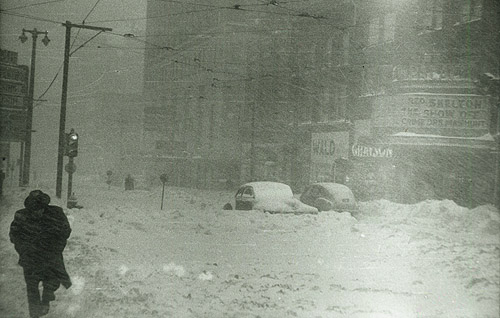
It’s a Wonderful Life was playing at the 3,000 seat Alhambra Theater in Downtown on January 28th, 1947. Paperboys delivered The Milwaukee Journal after school. The front page carried the U.S. Weather Bureau (renamed National Weather Service in 1970) forecast of “an inch or so of snow” for Wednesday, January 29th.
City of Milwaukee Department of Public Works (DPW) Bureau of Street Sanitation employees started work at 7:00 p.m. as a light snowfall began and prepared for late evening and overnight street sanding. The light snowfall ended about 2:45 a.m., which led sanitation supervisors to conclude that this was the forecasted inch of snow. They decided not to mount plows on garbage trucks and sent them on their morning ash (coal) and rubbish collection.
It started to snow about 8:30 a.m. as people went to work and children walked to school. By 10:00 a.m., it was obviously a blizzard with thunder snow and wind gusting up to 60 m.p.h. After street sanding and ash and garbage pickup for 17 hours, DPW workers were sent home at Noon to rest and told to return for 10:00 p.m. snow plowing. Most wouldn’t be able to return to work that evening.
http://www.mpl.org/blog/now/1947-the-blizzard-that-stopped-milwaukee-cold
The staff at the Central Library Frank P. Zeidler Humanities Room have compiled a searchable index for issues of Historic Milwaukee, Inc.’s Echo newsletter. This database lists articles from the newsletter’s inception in 2004 until the most current issues. Physical copies can also be seen in the Humanities Room.

The third ward in the mid 60’s was in the process of being lopped off from downtown by the construction of 794. This picture looks east from Water Street when that process was beginning but it shows the buildings that still remain on the south side of the street. Of course, the landscape has changed. The VA Regional Offices were headquartered in the Mayer Building where West Elm now is. Where Collectivo Coffee is, there was a family diner, Dan’s Restaurant. Further down at Broadway where Cafe Benelux is located was a small one-story tavern, Hess’s Tap.
